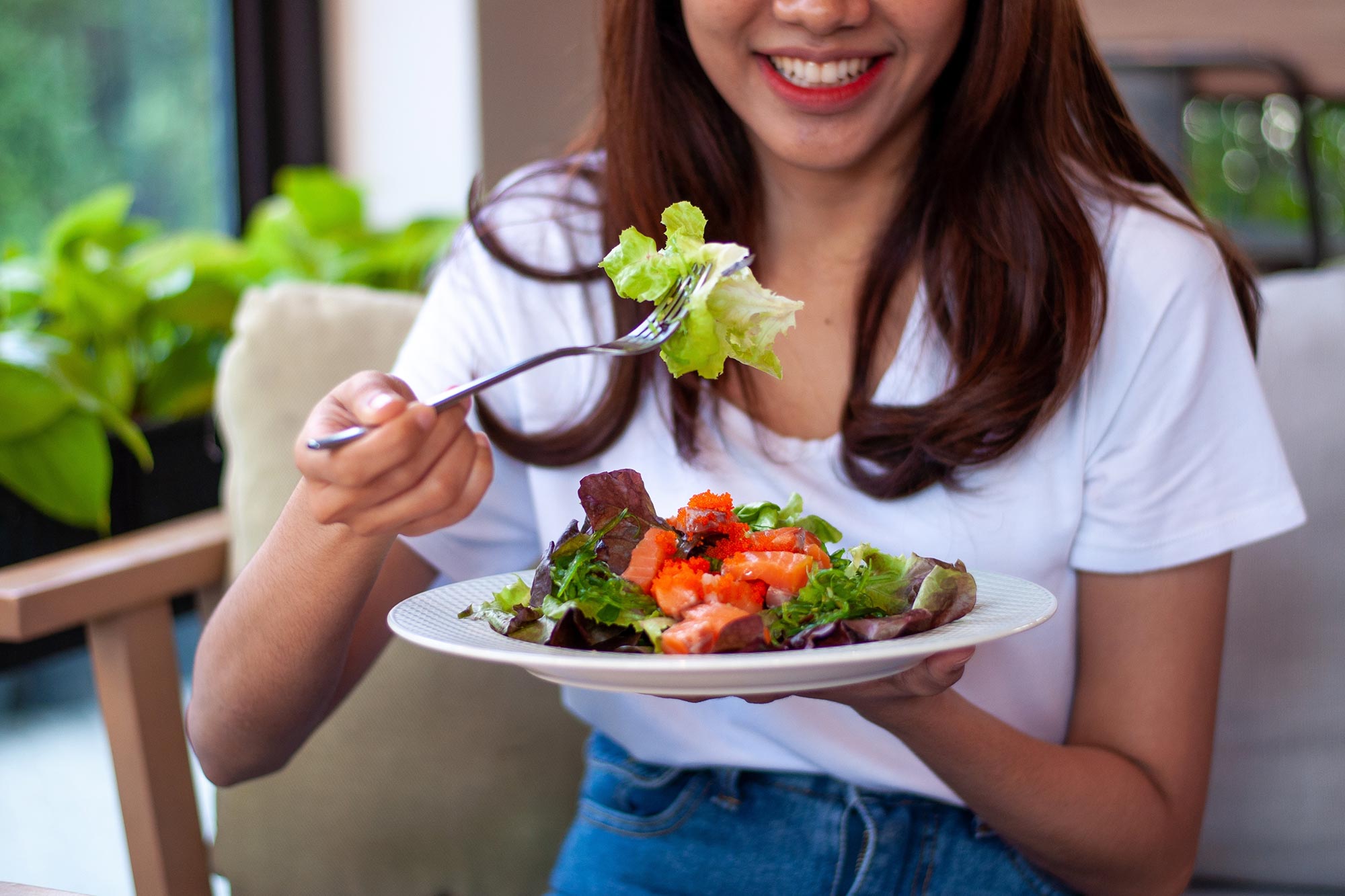In recent years, roasted chickpeas have become a popular go-to snack for fitness enthusiasts and health-conscious eaters. Marketed as a high-protein, high-fiber alternative to chips, these crunchy legumes seem to tick every box—plant-based, gluten-free, and packed with nutrients.
However, dietitians are urging caution, warning that not all roasted chickpeas are as healthy as they appear. Behind their wholesome image, certain nutritional pitfalls can undermine your health goals.
The Nutritional Profile: What’s in Roasted Chickpeas
Chickpeas are naturally rich in protein (around 14–15g per cup), fiber, iron, folate, and magnesium. When roasted, they become crispy and flavorful, often making them an easy substitute for fried snacks.
But the problem lies not in the chickpeas themselves—it’s in the way they’re prepared and consumed. Commercially roasted versions are often heavily seasoned, salted, and oil-fried, changing their nutritional impact dramatically.
The Sodium Trap: Hidden Salt in Store-Bought Versions
Many packaged roasted chickpeas contain excessive sodium—sometimes over 250–400 mg per serving.
Dietitians caution that frequent consumption can contribute to:
- High blood pressure
- Water retention and bloating
- Increased cardiovascular risk
Even “lightly salted” versions can add up if you snack frequently. For individuals already watching their sodium intake, this can quietly sabotage an otherwise healthy diet.
Added Fats: When “Roasted” Really Means “Fried”
The term “roasted” can be misleading.
Some brands deep-fry chickpeas in vegetable oil to achieve extra crispiness, adding unnecessary calories and unhealthy fats. Even air-roasted or oven-roasted versions may use oil coatings that boost the calorie count.
A typical serving may jump from 120 to 200+ calories,
Portion Control: The Silent Calorie Overload
Because roasted chickpeas are crunchy and bite-sized, it’s easy to overeat.
A single serving (about 28 grams or ¼ cup) provides nutrients—but most people snack on half a cup or more, doubling their intake of calories, sodium, and fats without realizing it.
Dietitians remind us that “healthy” doesn’t mean “unlimited.”
Digestive Concerns: Fiber Overload and Gas Formation
While chickpeas are rich in fiber, consuming too many roasted ones can cause:
- Bloating
- Gas
- Stomach discomfort
- Indigestion
Roasting makes them crunchy but not easier to digest. People sensitive to legume-based oligosaccharides may find these snacks problematic in large quantities.
Protein Misconception: Incomplete Plant Protein
Yes, chickpeas are a good plant-based protein, but they’re not a complete source—they lack certain essential amino acids like methionine.
Dietitians emphasize pairing chickpeas with other plant proteins such as grains, seeds, or nuts for a balanced amino acid profile.
Flavor Coatings: Added Sugars and Artificial Ingredients
Flavored roasted chickpeas—like honey-roasted, barbecue, or spicy masala—often contain:
- Added sugars
- Artificial flavors
- Preservatives
These can increase blood sugar levels, add hidden calories, and reduce the snack’s nutritional integrity.
Comparing Homemade vs. Packaged Chickpeas
Homemade roasted chickpeas offer better control. You can:
- Use minimal salt and oil
- Choose olive oil or avocado oil over refined ones
- Season naturally with herbs, turmeric, cumin, or paprika
In contrast, packaged versions prioritize long shelf life and taste, often compromising on health quality.
Calorie Comparison: Chickpeas vs. Other Snacks
| Snack Type | Serving Size | Calories | Sodium (mg) | Fat (g) | Protein (g) |
|---|---|---|---|---|---|
| Plain Roasted Chickpeas (Homemade) | 28g | 120 | 60 | 3 | 6 |
| Flavored Roasted Chickpeas (Packaged) | 28g | 150–200 | 300–400 | 7–10 | 6 |
| Potato Chips | 28g | 160 | 170 | 10 | 2 |
| Nuts (Mixed) | 28g | 170 | 0–150 | 14 | 5 |
As seen, roasted chickpeas can be healthier if homemade, but many commercial ones approach the calorie and fat range of chips.
Homemade vs. Packaged: The Real Difference
Homemade Roasted Chickpeas:
- Roasted in oven or air-fryer
- Minimal oil and salt
- Custom seasoning (paprika, cumin, turmeric, or garlic powder)
- Lower sodium and fat content
Packaged Roasted Chickpeas:
- Processed oils and preservatives
- Flavor enhancers and added sugar
- High sodium and calorie density
Dietitians recommend making them at home—this allows you to enjoy their full nutritional benefits without unwanted extras.
Smart Ways to Add Chickpeas to Your Diet
If you love chickpeas, there are better ways to enjoy them:
- Toss boiled chickpeas into salads for a fiber-protein boost.
- Blend into hummus with olive oil and lemon for a nutrient-packed dip.
- Add to curries, soups, or stir-fries for balanced meals.
- Bake or air-fry with minimal oil at home for controlled snacking.
These methods retain nutrients without the risks of over-roasting, frying, or salt overload.
The Role of Marketing: How “Protein Snack” Labels Mislead Consumers
Health marketing often uses terms like “guilt-free,” “protein boost,” or “superfood” to attract fitness-conscious buyers.
However, nutritionists note that these labels can be deceptive, as they don’t account for added sugars, fats, or sodium.
Many “healthy snacks” undergo the same industrial processing as junk food—making them only marginally better than chips in real nutritional terms.
Ideal Portion & Consumption Frequency
Dietitians recommend limiting roasted chickpea consumption to:
- ¼ to ½ cup per day (30–50g)
- 2–3 times a week, not daily
Pair them with water-rich foods like cucumber, tomato, or yogurt to balance fiber density. Avoid consuming them alongside other gas-inducing foods such as lentils or cruciferous vegetables.
Dietitians’ Recommendation: Moderation Is Key
Dietitians agree that roasted chickpeas can be part of a balanced diet, provided you monitor portion sizes and ingredients.
They’re an excellent occasional snack, not an everyday staple. Eating them mindfully ensures you get the benefits—protein, fiber, and crunch—without the downsides of salt, fat, and bloating.
Healthier Alternatives to Try
If you’re looking for variety, try:
- Roasted edamame – higher in complete protein
- Air-popped popcorn – lighter and high in fiber
- Mixed nuts and seeds – nutrient-dense and satiating
- Veggie sticks with hummus – balanced and fresh
These options give the same satisfaction while offering more balanced nutrition.










